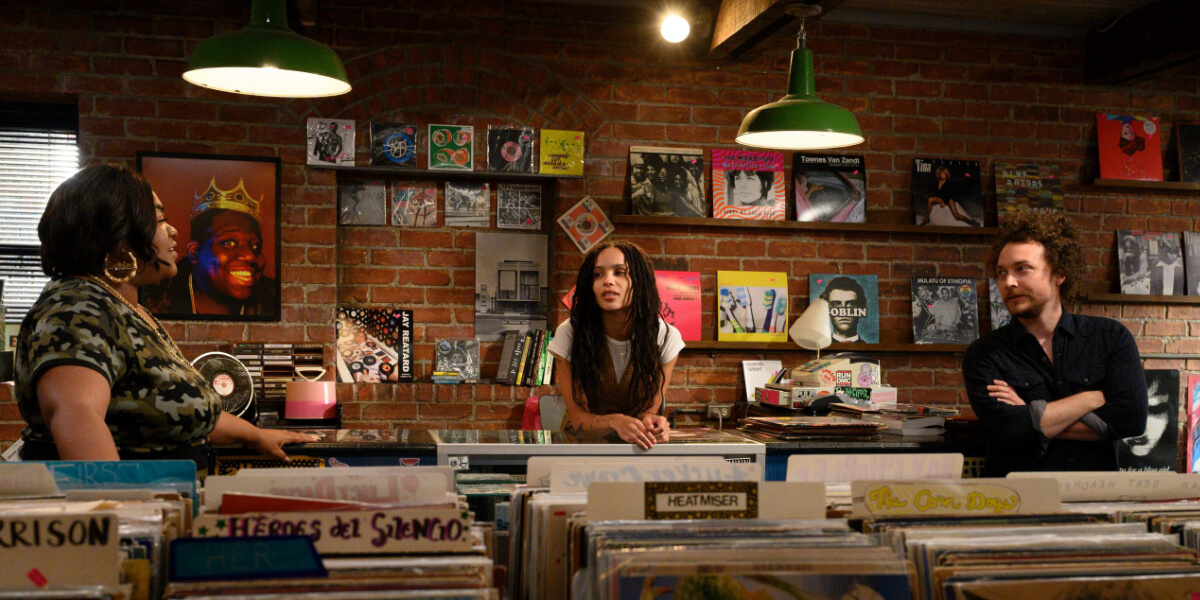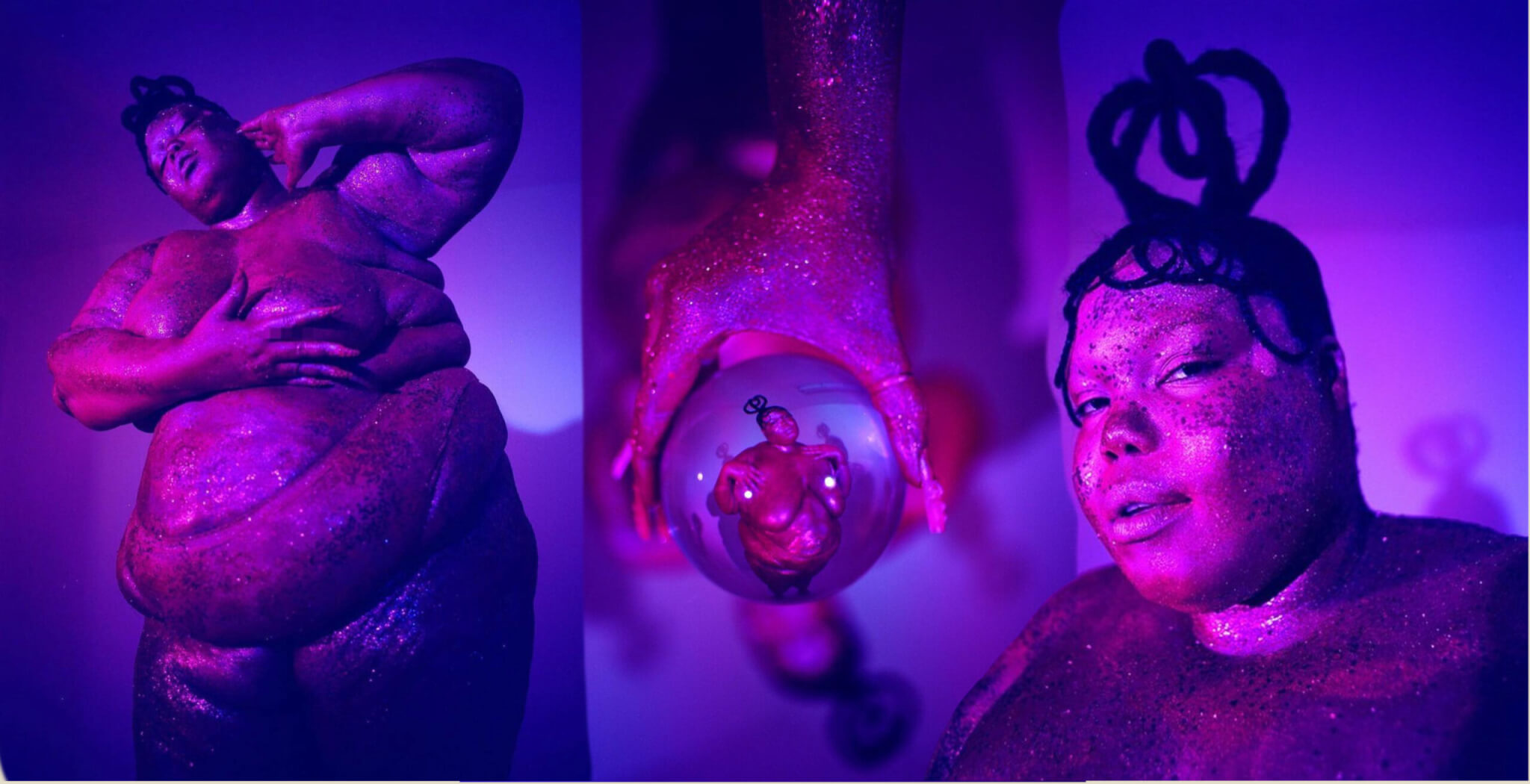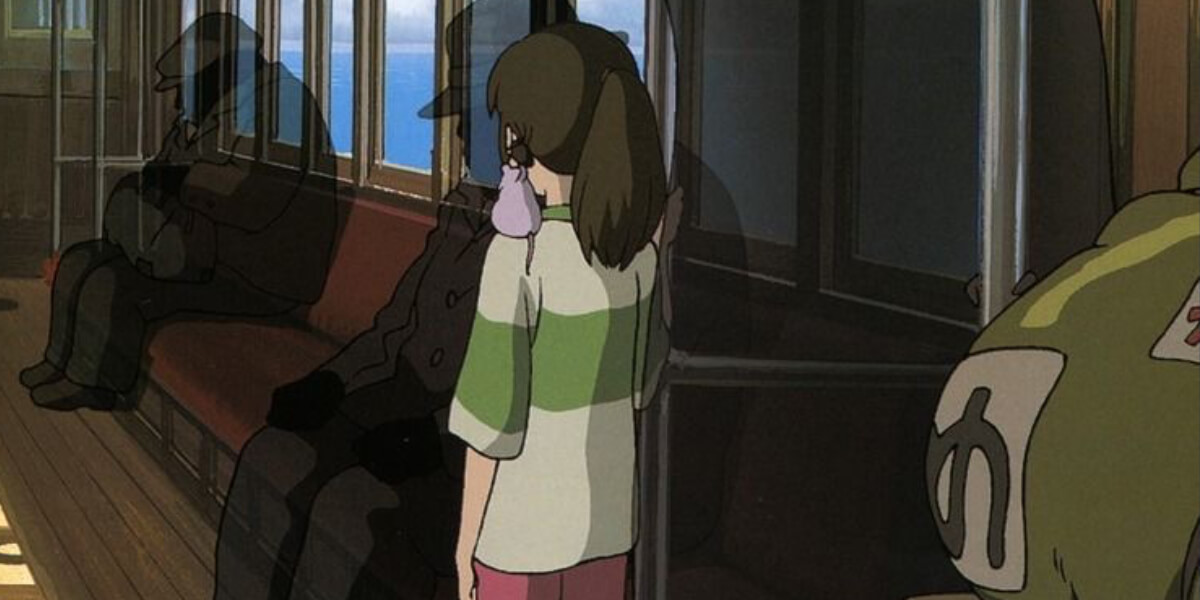If the 2010s have seen the rise of streaming platforms, the 2020s might be ushering in an analog renaissance. Last year in the US, the revenues of LPs and CDs totaled $1.4 billion and $541.1 million, according to the RIAA. However, it’s not just physical music formats that are making a comeback.
A growing interest in owning and collecting all types of physical media is evident when examining the phenomenon of BookTok and its counterparts on other social media platforms. As paradoxical as it may sound, these online spaces are playing a significant role in the cultural shift toward a resurgence of physical media, something that might appear anachronistic at first glance. Still, upon closer examination, it reveals itself to be a product of our evolving relationship with technology, community, and art consumption in the age of Information.
The Origins of the Analog Renaissance – Social Media and Streaming Fatigue
The promise of flexible, easy access and large, user-friendly media catalogs streaming services have changed the way people create, distribute, and enjoy media in recent years.
With Netflix reaching 301.6 million subscribers globally this spring and on-demand streaming audio growing in volume by 14% in 2024 (data from Luminate), it’s clear that the streaming model isn’t going anywhere anytime soon. It’s also noticeable that streaming is starting to lose some of its charm.
According to a survey, 42% of streaming platform subscribers reported subscribing to too many streaming services, and about half of them planned to cancel a subscription within the following year. Our relationship with streaming, however, doesn’t occur in a vacuum: people’s overall relationship with technology is getting increasingly complicated.
Gen Z is attempting to curb their digital activity, while many workers are worried about how the use of AI could affect their jobs. Though people might be growing weary of the centrality technology has acquired in their lives and its future evolution, social media is also becoming their primary source of news. While the internet and social media in particular, have become known as hotbeds for the spread of misinformation, they have also allowed people easy, live access to information from across the globe, including those related to the streaming model; such as the issue of low royalty rates and residuals, and the unethical dealings of streaming platform companies like Spotify.
In addition, content removal and licensing issues have made it even more apparent that the accessibility of content consumed through streaming is far from permanent. This dynamic adds to the overall feeling of uneasy impermanence that many Millennials and Gen Zs have been forced into by the current sociological-economic landscape. Many of the traditional markers of adulthood, such as homeownership, are inaccessible to those lacking generational wealth, and community feels harder to build. In this scenario, the tangible ownership of physical media can feel like a small act of self-assertion but also a way to seek human connection through art and the communities that form around it, both offline and online.
The Unexpected Formation of Online Communities Fostering Physical Media
The internet is a place where many people are rediscovering and sharing their interest in physical media: buying vintage cassettes on eBay, searching for CD player reviews, and discovering new favorites. This dynamic is encapsulated in the growth of social media content and communities of physical media enthusiasts.
If in-person spaces like record shops, music venues, cinemas, and bookshops used to be the only option for neophytes and old-timers to meet, share knowledge, and participate in the community, the online world now allows those who don’t have access to such places to explore their old and new-found interests as well.
It’s nothing new, after all. Half the fun of having a hobby is having like-minded people to share it with. Due to their intrinsic nature of being both vessels and small, sometimes underappreciated works of art, physical media is as suited to be shown and recommended online as it is in real life. A perfect example of this is the viral video series ‘Criterion Closet Picks’ by the homonymous home-video distribution company, where artists like Ayo Edebiri, Mikey Madison, and Michelle Zauner select and discuss their favorite films in Blu-ray format from the titular Criterion Closet.
With every trend gaining traction in late-stage capitalism, the risk of over-consumption is always behind the corner, at this moment when the arts and culture are struggling under the growing threats of AI and censorship, the revival of physical media can also give fans the possibility to support independent artists and businesses directly, the people who now and during the heyday of physical media are the ones pushing boundaries and reflecting the spirit of our times.




























